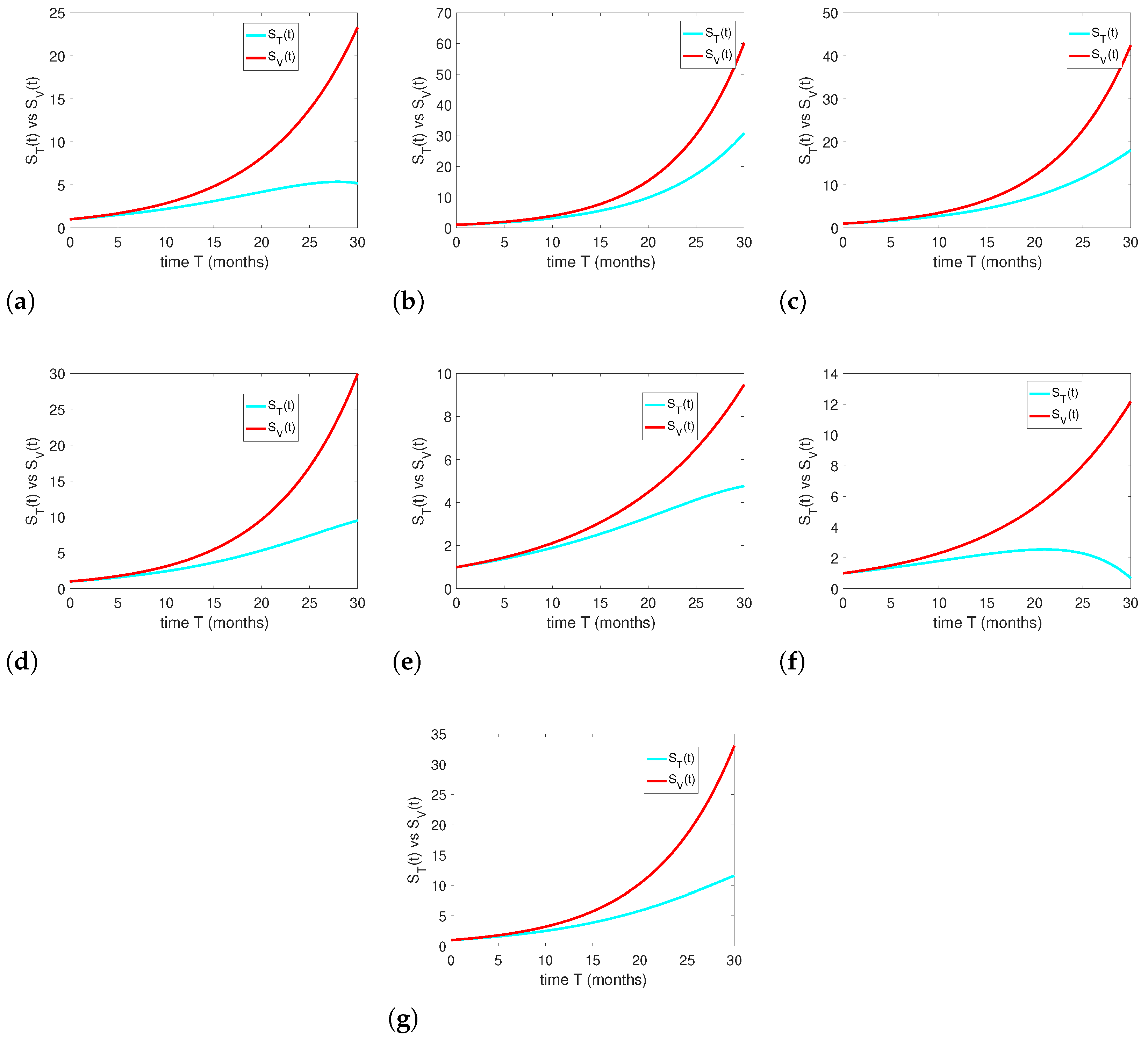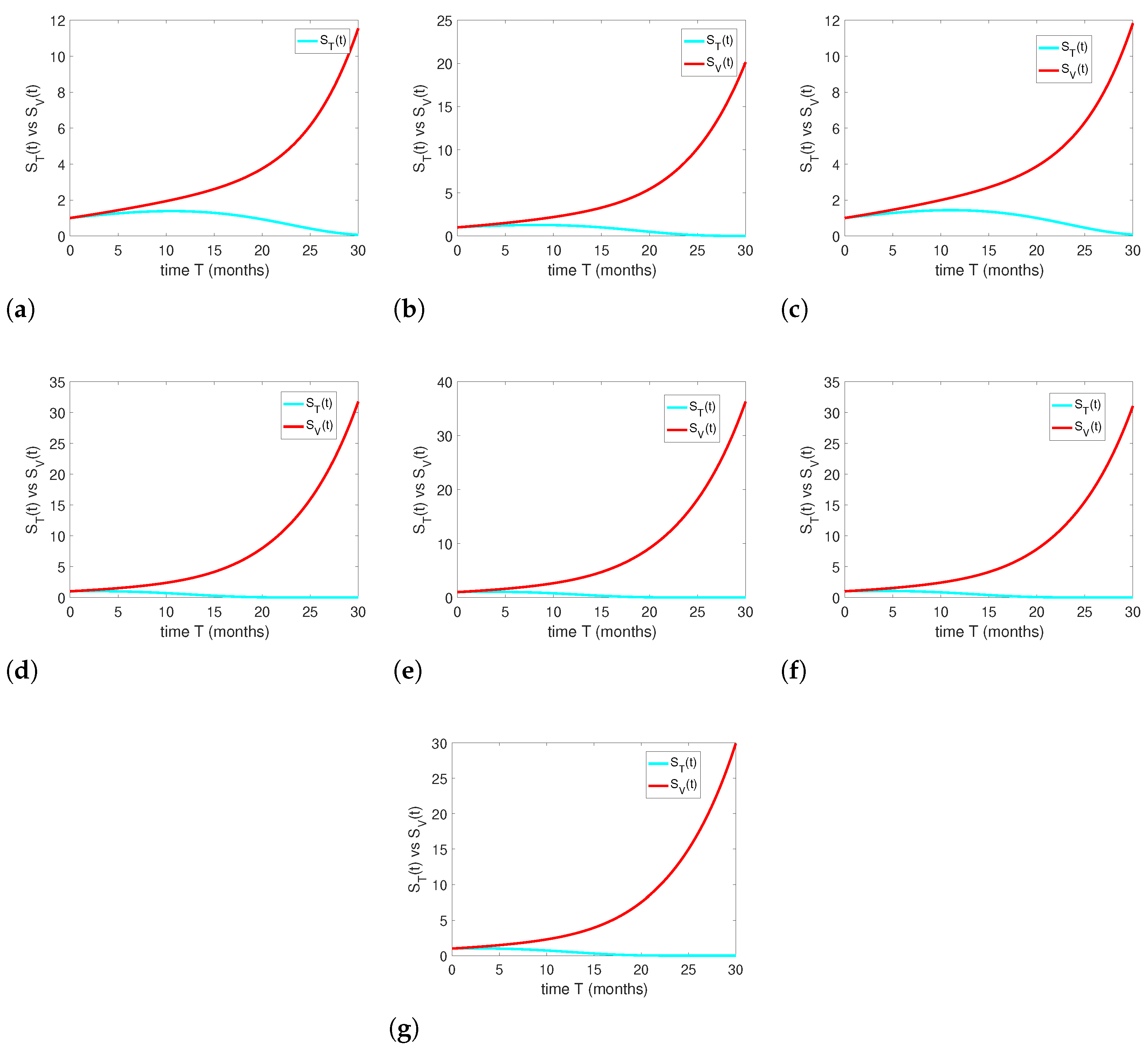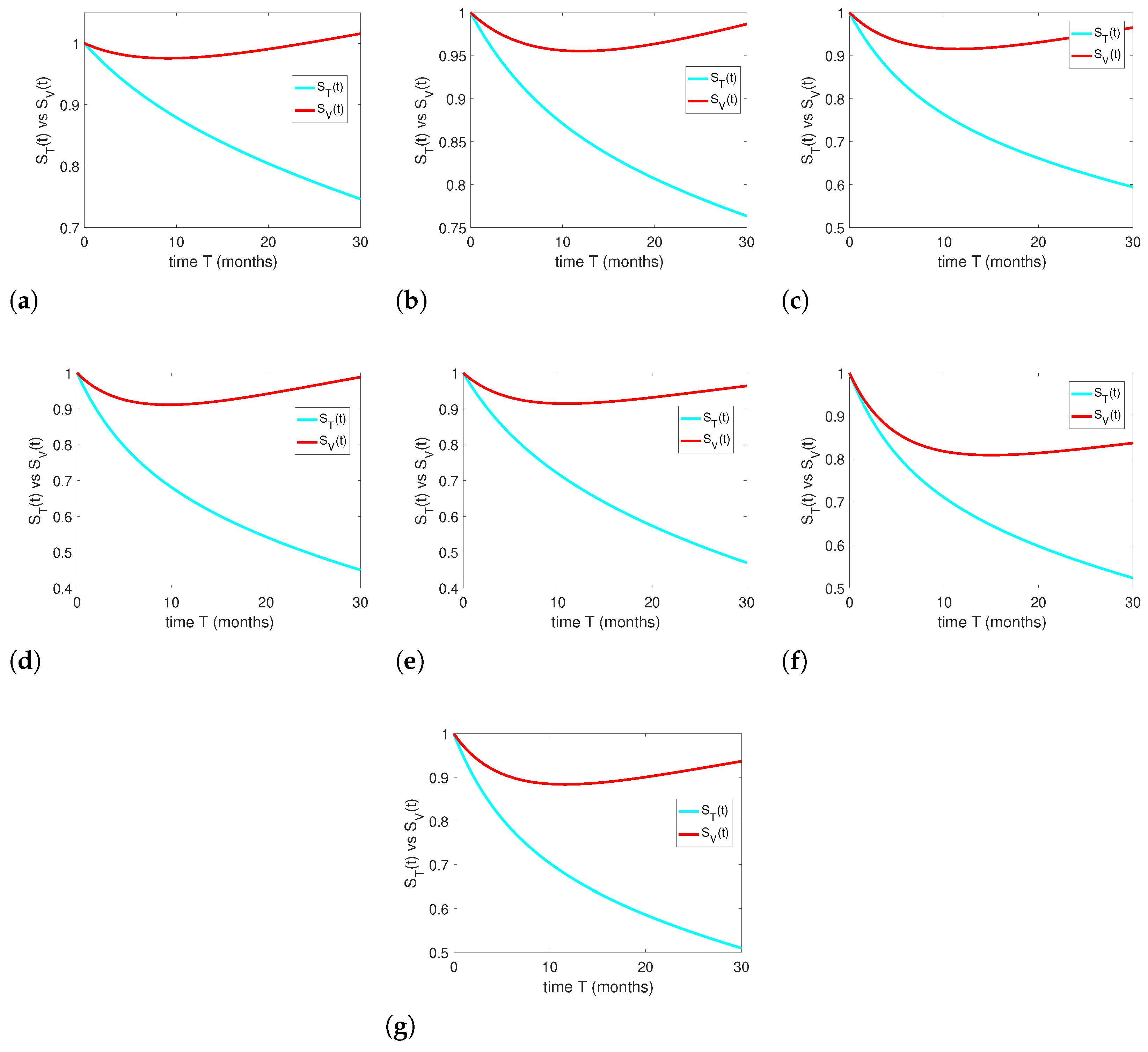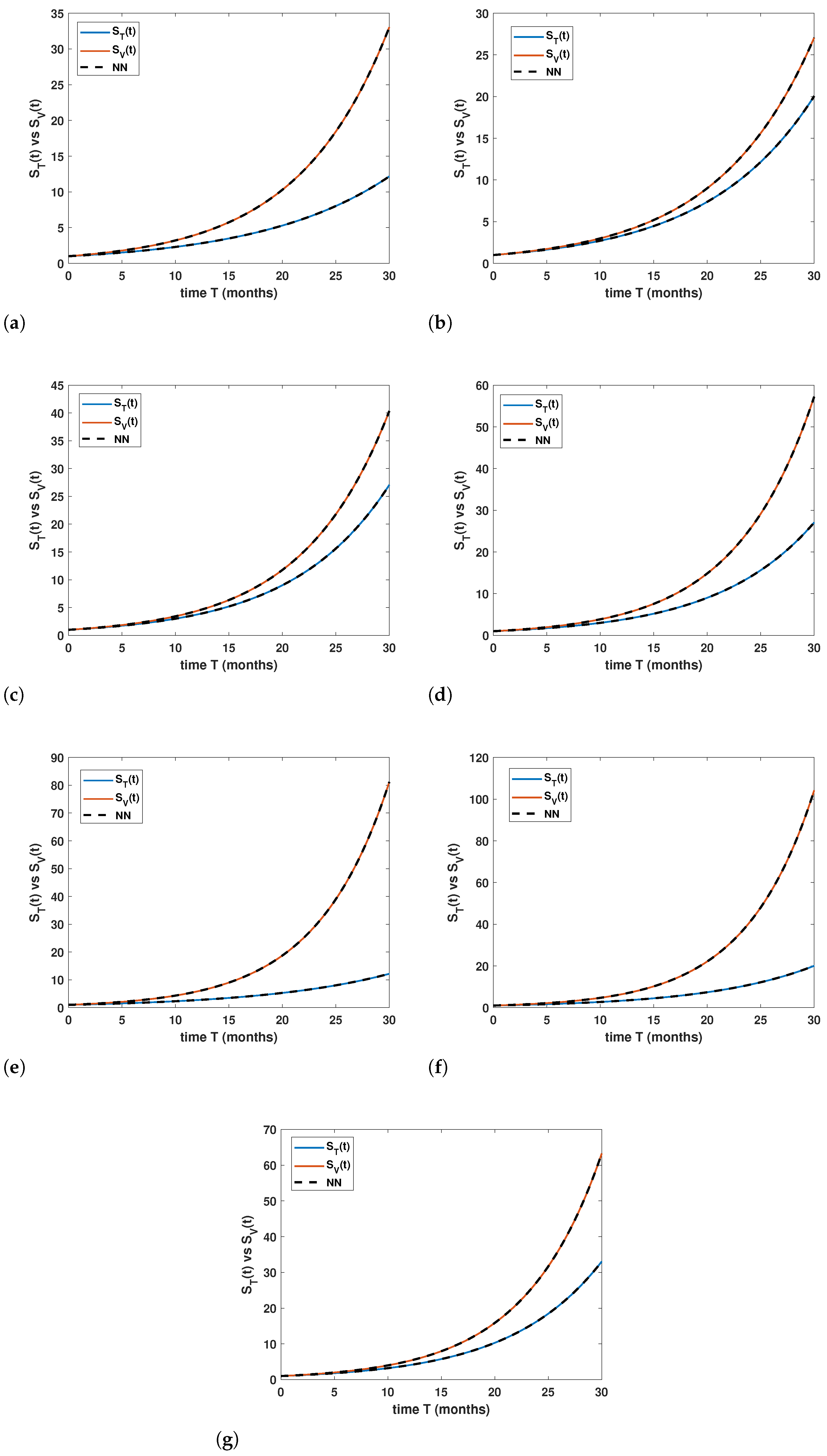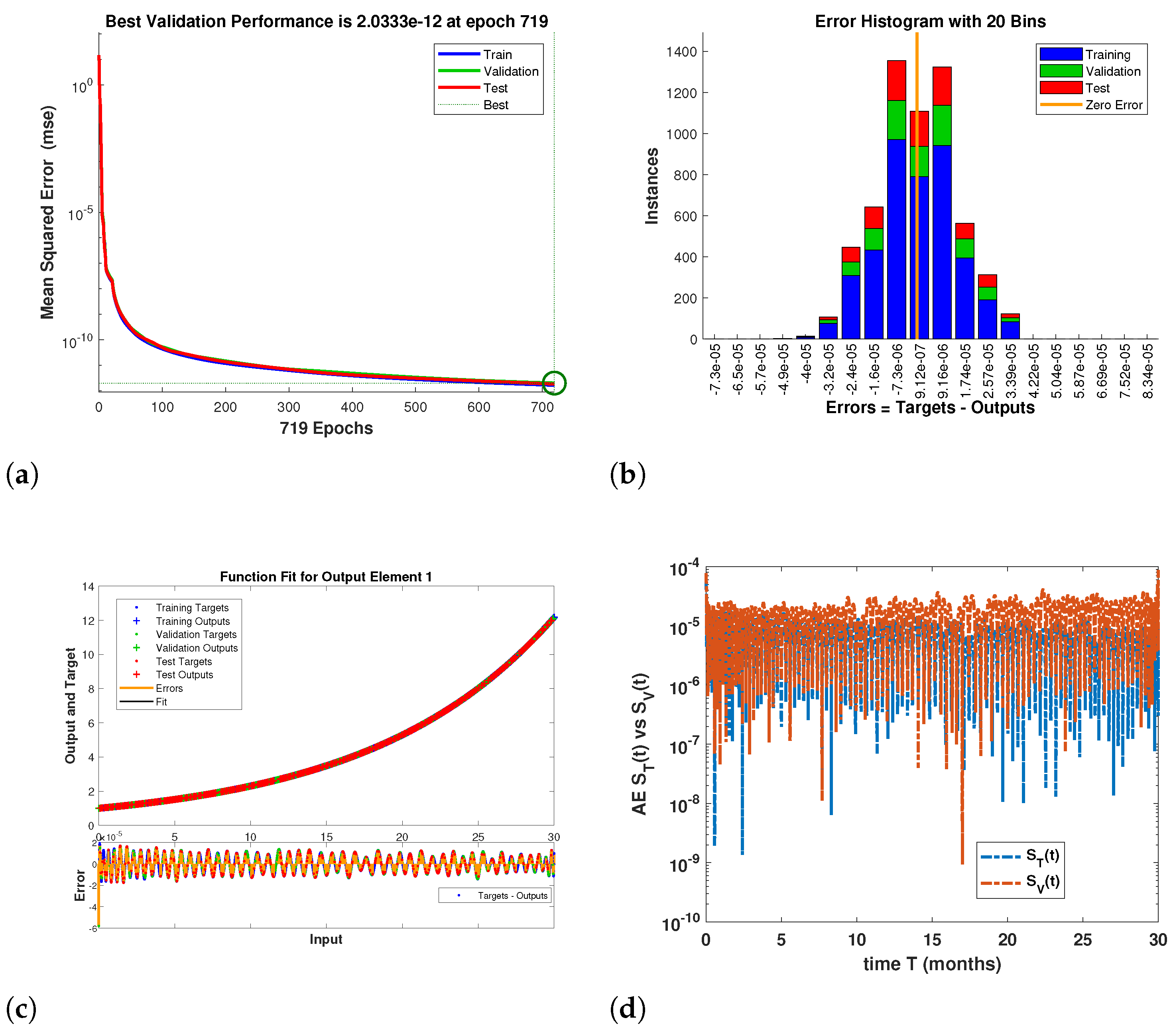1. Introduction
The traditional and conventional education industry supports two-way student–teacher information communication, and there is no third party involvement. Through this process, only the text-based curriculum focuses on the learning, speaking, and listening skills of students. The related materials and extracurricular activities required for the practical application of the learning may not be available to students engaged in conventional learning. To avoid such deficiencies, educationalists have made different policies to link the objectives of the learning process with real life and practical uses. They have plans for encouraging students to accept their ideologies, for ensuring that they will be good citizens for their countries, for ensuring they will be beneficial and constructive in different services and departments in their countries, and for ensuring they will be ready to make new materials for import and export purposes. These are objectives of policymakers, compelling them to transition from conventional systems to modern visualized education systems [
1].
In 2021, China improved the informative learning rates of both students and their instructors by developing the constructive information education model and accelerating the development of a literacy network among students [
1]. They developed digital means of education by integrating digital transformations, ensuring that intelligent requirements were upgraded, deepening neural networking, and engaging in the continuous innovation of their applications [
2]. After one year, in 2022, they also focused on the digitalization of all information related to literacy and the education industry [
2]. The Education Ministry highlighted the main points for modern techniques to build novel infrastructures and enhance different paths for the supply of digitalization resources, deepening the information transmitted through education with the use of information technologies [
3]. Later on, it was mentioned that the different literacy and education problems that arise may be remedied using information technologies and with improved teaching strategies. The aforementioned techniques have many more advantages and are important in the modern era of education [
3]. With the passage of time, and with the development of information technology in teaching and learning, we have discovered that it is necessary to enhance the king of education that is delivered [
4]. Teaching and learning through information technologies involve the production of new methods of transferring knowledge; such methods are not possible through conventional teaching approaches. Therefore, policymakers chose to develop teaching and learning approaches through the use of information technologies, supporting the development and reform of education.
In incorporating advanced technologies into education, educationalists are mostly interested in methods of visualized teaching, which include text images, graphs, tables, and charts, as well as dynamic media like animations, projectors, multimedia, screens, and cameras. The aforesaid apparatuses are the best resources for supporting learning and understanding among students of different IQ levels [
5]. Such resources are especially necessary for learning mathematics; this subject requires an understanding of the geometries of different shapes and sizes in relationship to other variables like time, height, length, width, income, and price, both directly and indirectly. Furthermore, the coding and programming for each mathematical principle and image are constructed in different software languages; these take memorable forms, supporting a better understanding of mathematics when learning. This helps students: if they know that, behind each output in the form of objects seen on their computer, camera, LCD screen, or mobile screen, there is a 0 and 1, then they can understand the form which the mathematical model or equation (formula) uses to produce an output [
5,
6,
7].
The authors of [
8] pointed out that the visualized processes of learning improves student understanding of different arithmetic operations, providing the best usage of image-producing software. The authors of [
9] show the development of students’ skills in various topics of mathematics through the application of proper visual teaching methods. The GeoGbrae visualization software focuses on geometrical shapes, algebra, and statistical reasoning; having extra dynamics leads to new approaches to teaching mathematics [
9]. The authors of [
10] assign properties to GeoGbrae for mathematics teaching; there are visual aids that present the importance of visual education in mathematics through the dynamics of quadrilateral characteristics.
Mathematical processes, communicated through visualized teaching, are completely changed in comparison with conventional methods; this is achievable through the inclusion of the GeoGbrae application in the classroom [
11]. In [
12], such modern approaches are used to convert information from an abstract form to a material form: this can involve the shift from static to dynamic media and that from text to maps and charts, all achievable through the use of proper software and visualized aids. Some limitations in modern mathematics lessons can be seen in their theoretical approaches and their conversion of abstract ideas to real, visualized schemes.
Researchers have performed work on the feasibility of applying visual resources for students and teachers. In [
13], image construction techniques for secondary mathematics texts using Generative Adversarial Networks (GANs), with optimized rules for the generator and the discriminator, were highlighted; here, the researchers used upsampled and downsampled criteria for well-seen images. The GAN fails to ensure convergence when the sampling environment is small. To counter such drawbacks, the method was modified to use Deep Convolutional Generative Adversarial Networks (DCGANs) [
13,
14]. The researchers provided some experimental results from different statistical experiments, showing an enhancement in the performance of learners using these approaches.
Many works in the literature have used Neural Networks (NN) in various fields of mathematics, engineering, and other applied sciences. A neural network is composed of convolution layers, which are the dot product of a window of data and kernels of convolutions, with neurons and weights in the form of a two-dimensional matrix that is responsible for color and contour image processing [
15,
16,
17,
18]. A Deep Convolutional Generative Adversarial Network (DCGAN) works on the principles and coding of neural networks. The structure and operation of the human brain serve as inspiration for neural networks (NNs), which are computational models based on mathematical equations and vector–matrix products, made up of interconnected layers of nodes (neurons) that process input data for training, validating, and testing, thereby discovering intricate patterns.
The models studied under the NN approach are particularly effective in tasks such as classification, regression, and pattern recognition. Deep Neural Networks (DNNs) like the Residual Network (ResNet) [
19] and the Feature Cross-Layer Interaction Hybrid Method, based on Res2Net and Transformer (FCIHMRT) [
20], are advanced technologies of neural networking with multiple hidden layers between the input and output, enabling them to capture hierarchical features and model highly nonlinear relationships. Due to their increased depth and capacity, DNNs have achieved remarkable success in various fields, including image processing, natural language understanding, and scientific computing. Therefore, a number of research articles have been published in the literature [
21,
22,
23,
24] on this subject.
Mathematical tools may also be used to determine the performances of and competition among students engaged in conventional and visualized learning methods through statistical experiments [
25]. From those experiments, the values of different parameters used in the mathematical equation can be easily found. Different mathematical equations of slopes and regression analyses comprise different parameters, which are calculated by various sampling techniques or preexisting data. Among these tools, one of the significant and important tools is that of mathematical modeling, which represents different biological, physical, sociological, chemical, computational networking, and economical problems [
26,
27]. Stochastic mathematical models mostly use probability techniques. Over the years, researchers have employed a wide variety of analytical and numerical methodologies to study and develop the mathematical models that are tailored to complex systems. These approaches have enabled a deeper understanding of the models’ structural properties and facilitated their application to diverse real-world problems across multiple scenarios [
28,
29,
30,
31]. Furthermore, different competitions in the search for food, minerals, technologies, educations systems, and territories can be formulated using mathematical models [
32,
33,
34,
35,
36,
37].
1.1. Objectives of the Proposed Research
The main aim of this research is to address our research questions through proper analysis. Accordingly, the present study is designed to fulfill its objectives comprehensively. The primary objectives are outlined as follows:
To investigate the competition between two groups of students via different learning environments through examinations.
To represent student competitions by four different mathematical models.
To parameterize mathematical models by continuous random sampling from two different groups of students.
To solve these mathematical models using a series-type solution.
To provide dynamics through a numerical simulation for the validation of the obtained scheme.
To check the significance of random sampling, the data will be tested, trained, and validated through a neural network analysis in the form of histograms and regression mean square and absolute error calculations.
To conclude the findings of each group’s performance.
The above research objectives will answer the following research questions:
How can we investigate competition between two groups of students who are engaged in different learning environments?
How can we represent student competition using mathematical models?
How can we parameterize mathematical models through continuous random sampling?
How can we solve the mathematical models through a series-type solution?
How can we provide graphical dynamics and their validation for the obtained scheme?
How can we check the significance of random sampling?
How can we conclude the outcomes of each group’s performance?
1.2. Competition Models with Limitations
In this article, mathematical models—used to understand a competition in the form of grades or IQ level between two types of students (learners)—are applied using data from unbiased continuous random sampling. Such types of mathematical models may also be used to assess other forms of competition: student enrollment, food, arms, technology, etc. One mathematical model can be used for different real-world phenomena. Here, in this article, each mathematical models has two differential equations. The first equation is for the first group of students, who are engaged in traditional or conventional teaching methods; the second equation is for the second group of students, who are engaged in visualized teaching. It was also possible, here, to examine the same group of students both when they were engaged in traditional learning methods (pre-test) and when they were engaged in visualized learning methods (post-test). The novelty of this study can be seen in the comparisons that we conduct among the outcomes (performances) of two classes of students who are engaged in different learning environments; these comparisons were conducted via a random sampling experiment (which was conducted six times within a period of five months) and parametrization using the mathematical models (see Example 4,
Section 2). The dynamics of the mathematical models are compared with neural network dynamics, which use the data from the random sampling. These data are given in the tables and figures within the manuscript.
Four equations [
37] are given in this section. The first equation is the popular population-like growth equation:
where
is the number or grades acquired among students engaged in textual (traditional) learning;
is number or grades acquired among students engaged in visualized learning;
and
are the initial numbers or grades acquired by both groups of students;
and
are the growth rates for
and
. The values of these will be taken as the pre-test data for
and the post-test data, following the use of the visualized resources.
The second equation is the linear competition model: [
37]
where
is the decreasing rate for the first group of students, or their grading, with the inclusion of the other group of students (those engaged in visualized learning).
represents the decreasing rate for the second group of students (those engaged in visualized learning), which decreases due to the inclusion of the group of students engaged in text-based learning.
The third equation is the nonlinear competitive model [
37]:
where
and
are the same decreasing rates due to the effect of one grade on another grade. The fourth equation is the logistic-type competitive model [
37]:
Here,
a and
are the increasing rates in the form of recruitment;
b and
are the decreasing rates by the removal of the number or the grades;
c and
are the decreasing rates by the effect of one group on another. Equation (
4) can be written as follows:
3. Series Solution by Decomposition Method
In this section, we apply the series solution to the competition equation by decomposing each term into an infinite series with properties; the nonlinear terms will be treated using the Adomian polynomial. The parameters given in the mathematical models were defined in the Introduction Section. The first equation is very simple and may be converted to a separable form, as follows:
The solution of the above equation is
Next, to find out the solution for the equation
which is in the series form according to the decomposition technique. Firstly, the author applies the integration from 0 to t, along with the initial condition, to obtain the following:
Furthermore, decomposing
and
in the following form:
After plugging the values of Equation (
19) into Equation (
18), the following results are obtained:
Upon the comparison of the left-hand side with the right-hand side:
Applying integration, we obtain the following:
Add all the decomposed parts for each quantity:
Next, moving to the solution of the third equation,
Here again, by applying the same technique, we obtain the solution directly by skipping the middle term.
Now, the last equation is given as
The solution of the last equation is also obtained directly, as follows:
Remark 1. For testing the convergence of Equation (21)
, we plugged the numerical values of all the parameters and , as follows (approximately):Here, a and act like in the first equation. Also, as the number of terms increases, the next value decreases; hence, higher terms are neglected. Therefore, both of the quantities approximately converge to exponential functions of their own parameters. 5. Numerical Simulation and Discussion
In this section, graphical representations of all the competitive models, representing the two groups of students, are given in different figures. All the equations are plotted by choosing seven different values, as given in
Table 1,
Table 2,
Table 3,
Table 4,
Table 5,
Table 6,
Table 7 and
Table 8 for
and
(highlighted in
Table 13,
Table 14,
Table 15,
Table 16 and
Table 17). The values of the parameters may be calculated as shown in Example 4 of
Section 2. The initial values,
, are given in the form of the initial numbers or grades received by the students before the test, as attendance marks.
Graphical representations for Equation (
1) are shown in
Figure 1a–g, against the values given in
Table 13. All the graphs show comparisons and competitions between the two classes of learners, who were subjected to traditional and visualized forms of learning. With the passage of time, the effectiveness of visualized modes of education will develop and be enhanced in respect to the quality of the education as well as the quantity of these learners. Their numbers or grades will increase as compared with learners who are engaged in only traditional or textual forms of learning. So, Equation (
1) shows the importance and significance of the visualized forms of learning and the teachers who facilitate them. Furthermore, such education forms are necessary for all kinds of applications in various fields (technology, research, agricultural, and health industries).
Equation (
2) is plotted by choosing seven different values, as given in
Table 1 and
Table 3,
Table 4,
Table 5,
Table 6,
Table 7 and
Table 8, for
, and
, as highlighted in
Table 14.
The plots used to represent Equation (
2) are shown in
Figure 2a–g, in comparison with the values given in
Table 14. All the graphs show the comparison and competition between the two forms of learning: traditional and visualized. With the passage of time and various iterations of these learning approaches, the effectiveness of visualized education will develop in education quality and in the quantity of learners engaged in it. Their numbers or grades will also increase as compared with those attained by learners engaged in only traditional or textual forms of learning. So, Equation (
2) favors learners engaged in visualized forms of learning and their teachers.
Equation (
3) is plotted by choosing seven different values, as given in
Table 1 and
Table 3,
Table 4,
Table 5,
Table 6,
Table 7 and
Table 8, for
, and
, as highlighted in
Table 15.
The graphical representations for Equation (
3) are shown in
Figure 3a–g, against the values given in
Table 15. All the graphs show the comparison and competition between the two classes of learners: only textual and visualized. With the passage of time and various iterations of these learning approaches, the effectiveness of visualized education will develop in education quality and in the quantity of learners engaged in it. So, Equation (
3) also indicates that the visualized forms of learning should be implemented.
Equation (
3) is plotted by choosing seven different values, as given in
Table 1 and
Table 3,
Table 4,
Table 5,
Table 6,
Table 7 and
Table 8, for
, as highlighted in
Table 17.
The curves fitted for Equation (
4) are shown in
Figure 4a–g against the values given in
Table 16. All the graphs show the comparison and competition between the two classes of learners engaged in two kinds of learning: textual and visualized. With the passage of time and various iterations of these learning approaches, the effectiveness of visualized education will develop in education quality and in the quantity of learners engaged in it; this will be reflected in learner grades and the number of learners. Equation (
4) shows decay among both beginning and new learners; but with the passage of time, visualized forms of education develop and enhance student results, and is found to be effective for well-being and self-sufficient thinking among students.
Additionally, we focused a neural network approach, Deep Neural Networks (DNNs), to test the aforementioned models. For this, the data of the random sampling and their statistics, as given in different
Table 1,
Table 2,
Table 3,
Table 4,
Table 5,
Table 6,
Table 7,
Table 8,
Table 9,
Table 10,
Table 11,
Table 12,
Table 13,
Table 14,
Table 15,
Table 16 and
Table 17, were used. Furthermore, a DNN is based on multiple hidden layers; these hidden layers utilize 100 and 10 hidden neurons, accordingly.
Figure 5a–g contains a comparison plot of the results with the DNN approach; one may see the best performance from the mentioned results, which is also included in the tables of random sampling.
Figure 6 represents the different characteristics of the used method.
Figure 6a shows that the best performance is
at epoch 719.
Figure 6b represents the error histogram, with point
.
Figure 6c shows the fit plots for the considered model, while the absolute error of the system is presented in
Figure 6d of
.
Figure 7 represents the regression of the model at approximately 1 for the training, validation, and testing data, and for all data; this verifies the accuracy of the DNN approach for the aforementioned model.

